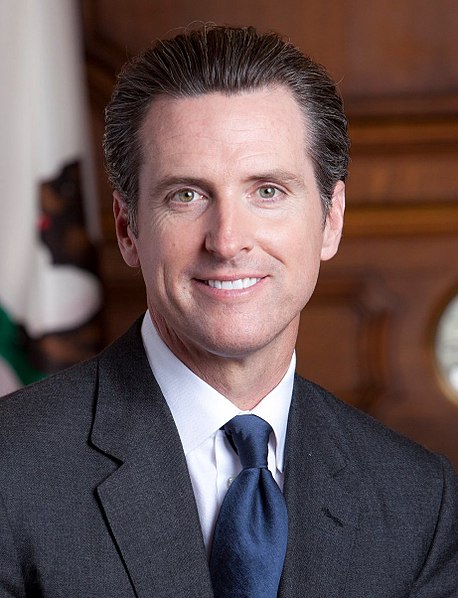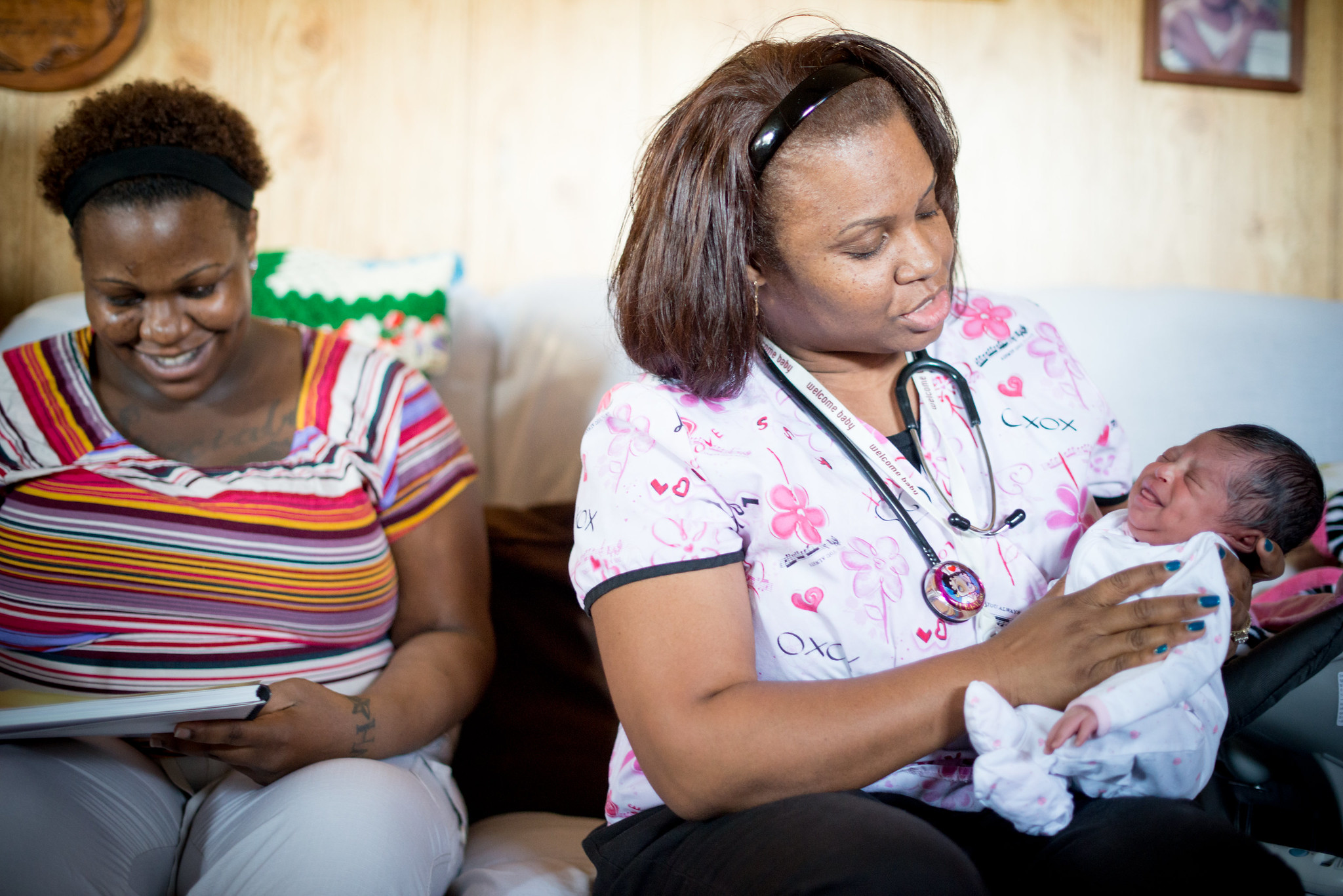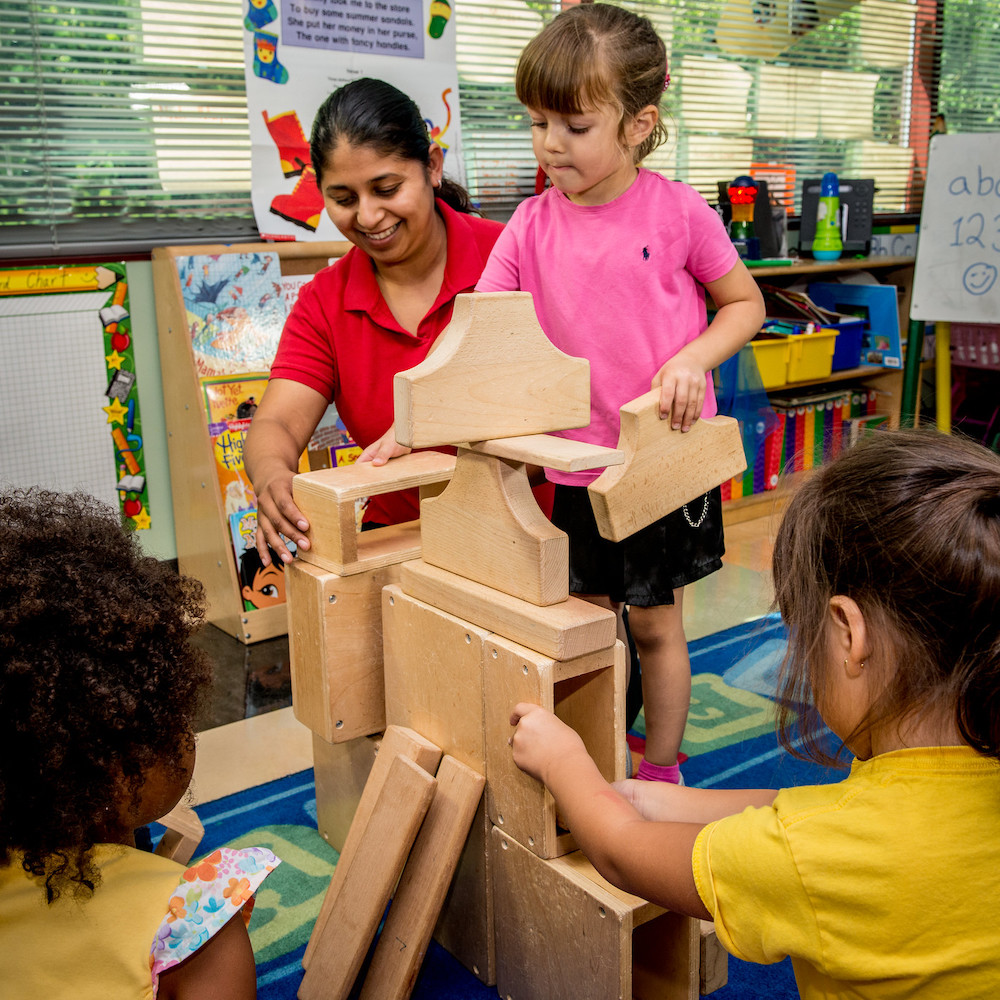The COVID-19 pandemic dramatically altered California’s economic landscape and outlook, and as such, how the state prioritizes investments in publicly-funded systems of support. How exactly this shift in economic vantage point would take shape in the 2020-21 state budget has been the subject of much debate, as the Legislature and Governor Gavin Newsom have locked horns on how to account for a $54.3 billion budget gap since the release of Newsom’s revised budget in mid-May.
But on June 22, 2020, a week after a placeholder budget was passed to meet the constitutional deadline, the Legislature and Newsom were able to reach an agreement: Instead of cutting social programs across the board by 10 percent as outlined in the May Revision, Newsom largely adopted proposals put forth by legislators which prevent many of the steep cuts by drawing on the state’s reserve (rainy day) funds.
While the good news is that the final projected $202.1 billion spending plan — which includes $130.9 billion in general funds and draws down $7.1 billion from the state’s reserves to reduce the $54.3 billion budget gap — does not cut programs related to First 5 LA priorities as proposed in Newsom’s May Revise, there is still a significant budget gap. This leaves the final budget with a caveat involving federal financial aid and potential “trigger cuts” — budget cuts that are subject to occur at a later date — if that aid does not materialize.
In early April, Congress passed and signed into law the Coronavirus Aid, Relief and Economic Security Act (CARES Act), which provided the states with $150 billion in direct support. However, the funding that California received for state and local spending did not prove sufficient to cover the COVID 19-related budgetary shortfalls facing California and states nationwide.

Newsom and other state leaders continue to call for congressional action to make up for budgetary shortfalls, but that call has not yet been answered. As part of the final budget stipulation, the Legislature — which remains optimistic that federal support will come through — insisted that the deadline for receiving federal funds be extended from September to October 15, 2020.
Due to the uncertainty surrounding the amount and timing of possible federal support for California, Newsom and the Legislature agreed to $14 billion worth of trigger cuts in the final budget. These potential budget changes will be responsive to whichever fiscal scenario the state is confronted with come October. Depending on the total amount provided, receiving further stimulus from Congress would avert some or all trigger cuts. Additionally, if federal assistance does materialize, it is unlikely to be in the form of a blank check.
While few, if any, early childhood or family programs are subject to these triggers, the state will certainly face ongoing budgetary challenges that could require additional revisions this year. These revisions could threaten First 5 LA priorities in the future, as the pandemic response and recovery are still evolving and largely unknown.
Below is an analysis of Newsom’s 2020-21 Final Budget and its impact on First 5 LA’s priorities.
Governance
Funding for the Early Childhood Policy Council (ECPC), which has been tasked to advise in the formation and implementation of the Governor’s Master Plan for Early Childhood Development, was reduced to $2.2 million across FY 2020-21 and 2021-22.
The budget allocates $9.25 million in one-time Child Care Development Block Grant (CCDBG) quality set-aside funds for a Child Care Data System, as part of the Cradle-to-Career Data System, which aims to integrate statewide provider and recipient information for the state’s subsidized early learning and care programs.
The January budget proposal previously included an $8.5 million proposal to create the Department of Early Childhood Development. The final budget eliminates the proposed department and instead allocates a reduced $2.27 million toward the transfer of all child development programs currently administered in the Department of Education — except for the California State Preschool Program — to the Department of Social Services.
Key highlights of the Final 2020-21 Budget Agreement related to First 5 LA’s priorities include:
Children have high-quality early care and education experiences before kindergarten
- Rejects the proposed 10 percent cut to reimbursement rates for providers offering care through the Alternative Payment (AP) program, General Child Care and the California State Preschool Program.

- Allows $50 million in Essential Worker Child Care vouchers (SB 89) to roll over into FY 2020-21.
- Adopts a $300 million federal “Child Care Trigger” for anticipated CCDBG funds to support additional access to child care, infrastructure and re-opening grants, and provider stipends if additional federal funding is not received.
- Expands child care access with $53.3 million in new federal CCDBG funds in FY 2020-21.
- Adopts May Revision reductions of $159.4 million in planned California State Preschool Program funding, eliminating 20,000 full-day/full-year expansion seats that were scheduled to be released in April 2020 and 2021.
- Adopts May Revision proposal to reduce funding to the California State Preschool Program by $130 million in ongoing Proposition 98 funds.
- Eliminates 2019-20 Budget Act child care investments, including $300 million in unspent Kindergarten facility grants, $235 million for facilities, and $195 million for workforce development.
The $350 million in federal funding California received through the CARES Act has been allocated as follows:
- $62.5 million for one-time child care provider stipends to address any economic challenges during the pandemic.
- $62.5 million in additional funding to extend the hold harmless provision until FY 2020-21 for providers who faced a decline in revenue for COVID-related reasons.
- $73 million for one-time essential worker child care vouchers through the Alternative Payment Program. These vouchers will prioritize children eligible under SB 89, including income-eligible children, children of essential workers, and students with special needs.
- $8 million to ensure family fees are waived through June 30, 2020.
Children receive early developmental supports and services, and are safe from abuse, neglect, and other trauma
- The governor’s May Revise proposed repurposing a total of $1.2 billion in Proposition 56 funding to pay for increased Medi-Cal enrollment resulting from COVID-19. The finalized budget, though, rejects this proposal and instead utilizes Proposition 56 funding for its intended purpose of increasing access to health care services and programs. As such, the approved budget appropriates $20.8 million in Proposition 56 funding for supplemental payments that will increase the rate of developmental screenings in the state, and $7.6 million to support Adverse Childhood Experiences (ACEs) screenings. Developmental screens identify emerging developmental delays in children and, as a result, are crucial to ensuring families can optimize their child’s development. Without prompt identification, for example, delays can go undiagnosed and persist, making them much more difficult for a child to overcome. ACEs screens help identify past adversities and allow care providers to craft more effective treatments for responding to abuse, trauma and neglect.
Families optimize their child’s development
- Delays a planned $30 million expansion of the CalWORKs Home Visiting Program until 2021. This one-time delay in additional funding is unlikely to disrupt the supports any family currently enrolled in the program receives, but it could prevent new families from receiving home visits.

- Increases funding for the state’s Black Infant Health program by $4.5 million, despite a proposal in the May Revise to cut this expansion. Bolstering the Black Infant Health program will help address unacceptably high levels of maternal and infant mortality in California. It also aligns with First 5 LA’s advocacy for health equity and will support our African American Infant and Maternal Mortality work.
- Adapts paid family leave (PFL) resources, protections, and extension of pregnancy and birth disability protections for all eligible workers.
- Provides $42 million to expand the California Earned Income Tax Credit (Cal EITC), which offers a $1,000 credit to working families with children under the age of 6 and household incomes below $30,000/yr. This program is a powerful and direct tool for fighting childhood poverty, and the approved budget even expands Cal EITC eligibility to low-income families who file taxes with Individual Taxpayer Identification Numbers (ITIN). Immigrant families who file with ITINs because they do not have social security numbers would not otherwise be able to utilize Cal EITC.
- Preserves a total of $60 million in funding, to be spent over two years as approved in last year’s budget, for a community health navigator program that launched in March 2020. The May Revise had previously proposed cutting this program that assists Medi-Cal beneficiaries find high-quality health care resources.
- Indefinitely delays the timeline of implementing the California Advancing and Innovating Medi-Cal (CalAIM) reforms. First 5 LA had previously provided feedback calling for the prioritization of children and families’ health and well-being. CalAIM would have addressed this need by improving Medi-Cal systems that provided more families with wrap-around services. However, the governor’s May Revise requested the delay of CalAIM due to the state’s newly difficult financial situation, and the Legislature approved this.
- Provides funding for the statewide Value-Based Payment program, which the May Revise had proposed cutting. This program intends to support improved health outcomes by incentivizing quality and supportive care.
Priorities aligned with First 5 LA’s long-term systems outcomes, L.A. County regional priorities, and Best Start Community Change agendas
- Secures a $15 million January proposal for the California Newcomer Education and Well-Being Project (CalNEW) to assist school districts, including the Los Angeles Unified School District (LAUSD), in improving outcomes for refugee and unaccompanied undocumented minor students.

- Maintains $50 million in funding for the California Emergency Food Assistance Program, and $112 million to reimburse school districts for providing school meals during the pandemic and summer months. Food banks and school meal distribution have been instrumental in supporting Los Angeles County families as they mitigate food insecurity throughout the pandemic.
- Secures $550 million from the CARES Act for Project Roomkey to support cities with acquiring housing for individuals experiencing homelessness due to COVID-19 and for increased housing production after the pandemic. The budget also includes an additional $1.8 billion for counties and cities to use for homelessness, public health, public safety and other pandemic-related programs and services.
- Secures $10.3 million to the Childhood Lead Poisoning Prevention Fund to increase interventions and activities designed to reduce children’s exposure to lead. Lead poisoning in Southeast Los Angeles has been of high concern to local communities in the aftermath of the Exide plant contamination.
- Maintains$6.1 million to improve park facilities in disadvantaged communities and expand access to state parks in urban areas.
- In addition, the proposed nicotine content-based E-cigarette tax (Vaping Tax) has been deferred to allow for inclusive stakeholder engagement and process around policy implications, and to ensure respect for the voter-approved disbursement structure established by Proposition 56. The proposal was introduced in January and is expected to generate up to $32 million in its firsts year and to be used for administration, enforcement, youth prevention, and healthcare workforce programs.
The state budget went into effect at the start of California’s new fiscal year on July 1. While specific programs excluded from trigger cuts went into effect at the start of July, only time and congressional action will tell whether more cuts to California’s spending will be needed to account for the remaining shortfall.
The House of Representatives passed the Health and Economic Recovery Omnibus Emergency Solutions (HEROES) Act in May, which would appropriate a total of $1 trillion to states if adopted by the Senate. First 5 LA’s federal advocacy strategy currently focuses heavily on educating policymakers on the essential infrastructure of child-serving systems and child care, underscoring that these resources are necessary not only for child development and family well-being but also for the recovery of local, state, and national economies devastated by the pandemic. This work, done in coalition with national and state partners, builds consensus and drives momentum for additional state and local relief funding to support children and families in California and L.A. County.


